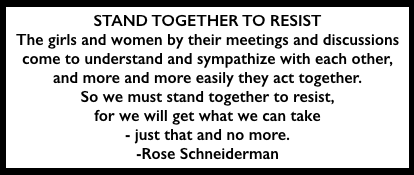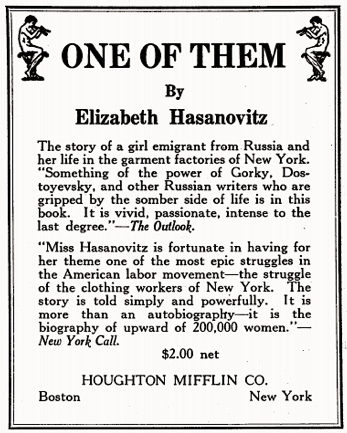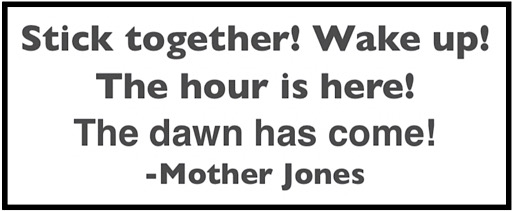 —————
—————
Hellraisers Journal – Sunday February 1, 1914
Indianapolis, Indiana – President Moyer Speaks at Mine Workers’ Convention
From The Indianapolis News of January 26, 1914:
Charles Moyer, President of the Western Federation of Miners gave a long speech at the Convention of the United Mine Workers now in progress in Indianapolis. In his speech, President Moyer described the ongoing violations of Constitutional Rights in both the Colorado and the Michigan strikes:
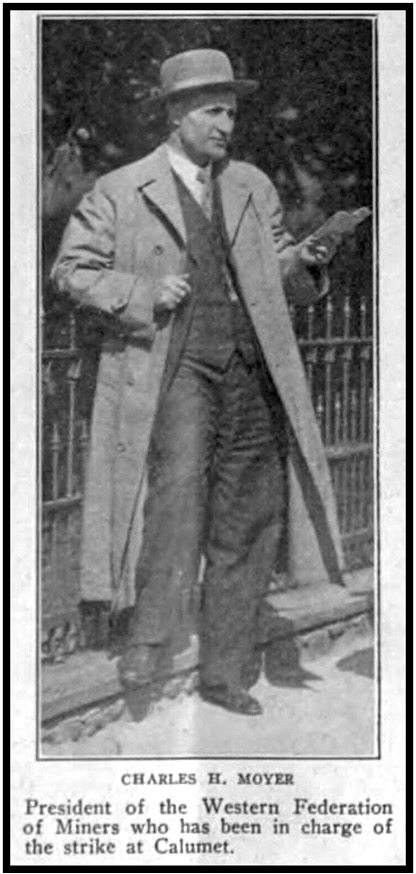
…..What is being done in the state of Colorado in the miners’ strike, is being done in the state of Michigan. I don’t think it is any worse. In the state of Colorado men and women have been mistreated by the military, by the armed thugs of the mine owners’ association; they have been arrested without warrant; they have been sent to jail; they have been deprived of all of those rights that are supposed to belong to an American citizen, or one living under this government, the same as they have in Colorado.
Mother Jones has been deprived of her liberty by the military, and is now confined in the custody of the military of that state, without any warrant, absolutely deprived of her constitutional rights.
In the state of Michigan representatives of organized labor have been assaulted, ordered from the state, deprived of every right that we are supposed to enjoy under this great Constitution of ours, and yet, after months of effort we are at this time uncertain as to whether our national government, our representatives down at Washington, are going to make an investigation: are going to inquire into the facts as whether or not these things that we claim and that we believe we furnished them a preponderance of evidence of, are in violation of our American citizenship. They say, I believe, as an excuse for their hesitancy in acting, that they do not want to interfere with state rights, and in answer to that we say that the Constitution of the United States gives the right to every American citizen to meet in peaceable assembly, to freely express himself in speech…..
[Photograph added emphasis added.]

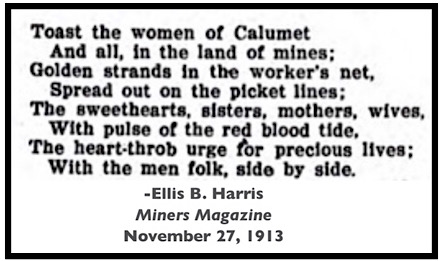 —————
—————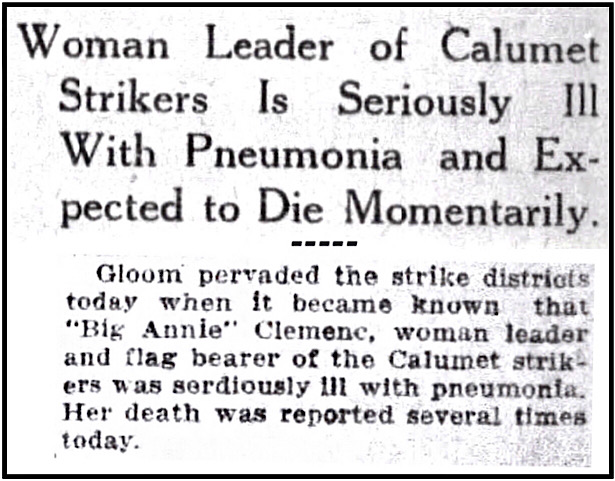
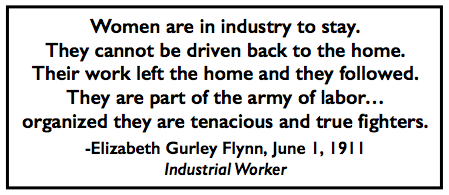 —————
—————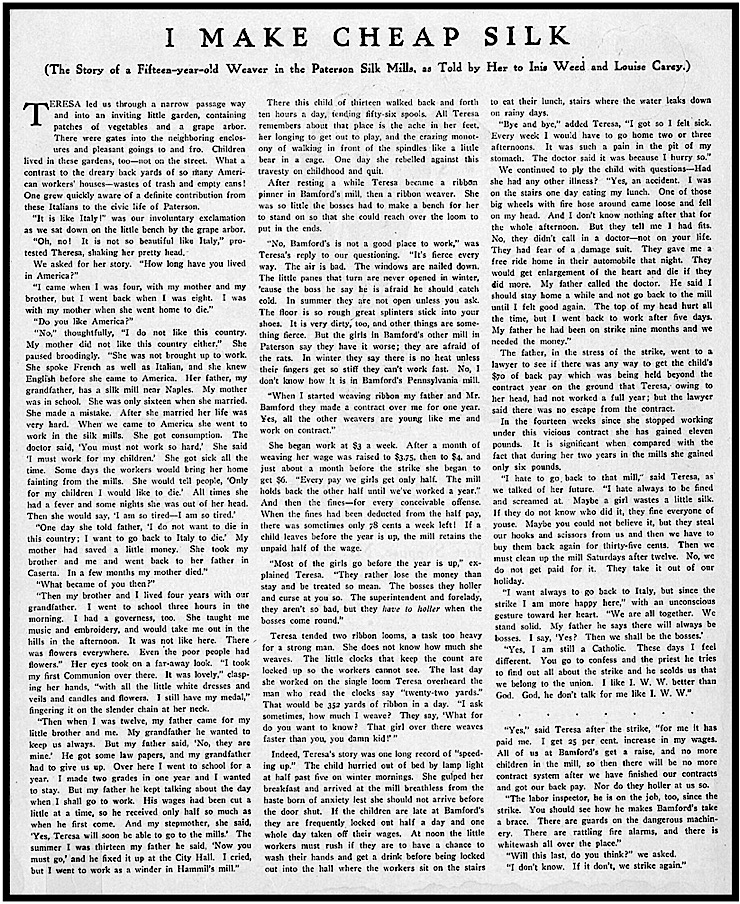
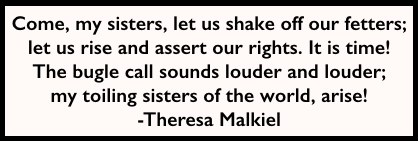 —————
—————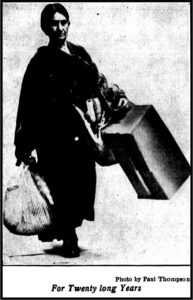
 —————
—————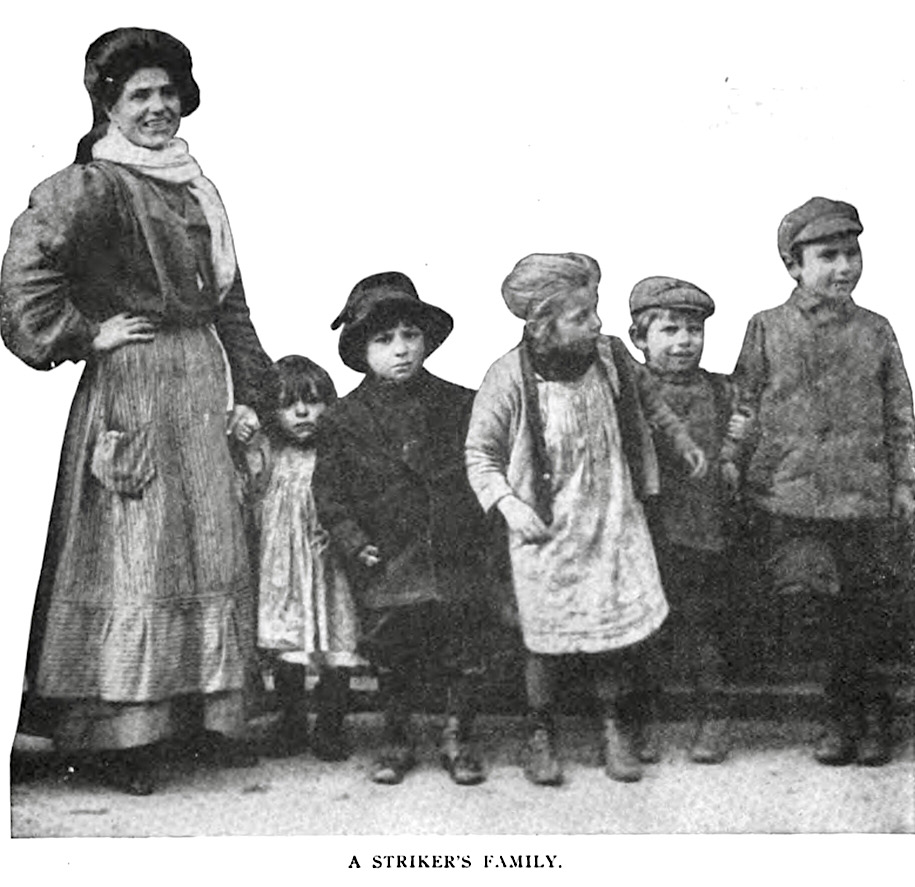
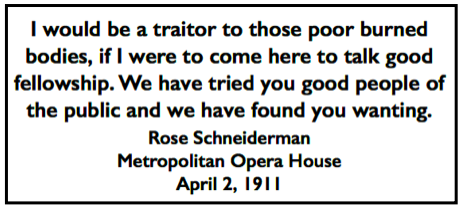 —————
—————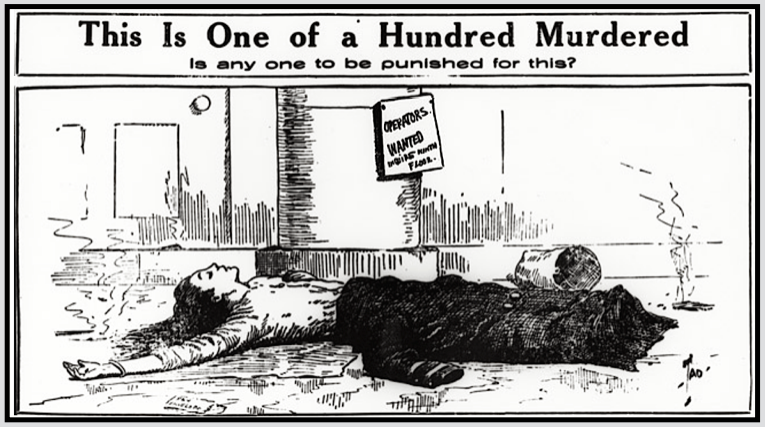
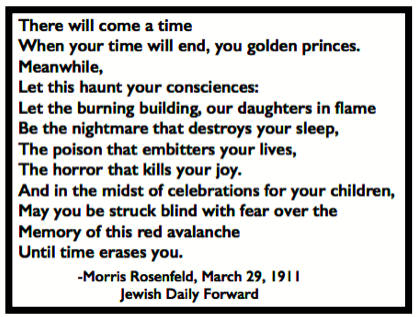 ———-
———-
 ———-
———-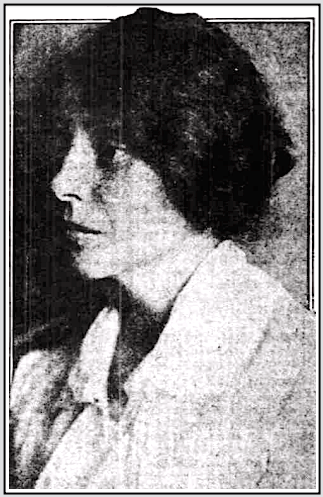 It was seven o’clock. The morning vigil was over; the strike was unbroken. The deluge had not occurred. The men, weary with watching, broken with inaction and with suspense, drifted to their homes.
It was seven o’clock. The morning vigil was over; the strike was unbroken. The deluge had not occurred. The men, weary with watching, broken with inaction and with suspense, drifted to their homes.